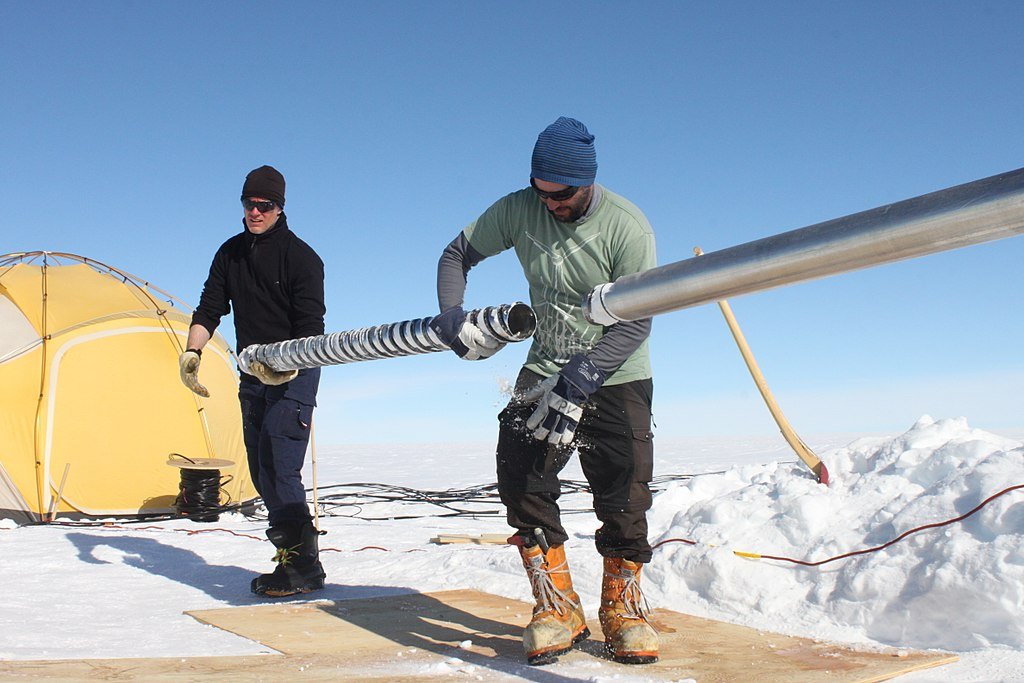Is climate change happening?
There is considerable evidence to suggest global warming is happening. Find out more below.
The Earth’s climate has constantly been changing since the beginning of time. It will continue to change in the future. The temperature of the Earth has fluctuated (increased and decreased) over the last few hundred years. Since 1950, however, there has been a significant increase in global temperatures, mainly attributed to the increased levels of atmospheric carbon dioxide produced by fossil fuels, commonly known as climate change.
Temperature records from the use of thermometers have shown an increase in the Earth’s temperature. Using the data, scientists have recorded an increase in the average combined land and ocean surface temperature—0.85°C since the end of the 19th Century.
The WMO says that the 20 warmest years on record have been in the past 22 years, with 2015-2018 making up the top four.
If this trend continues, temperatures may rise by 3-5C by 2100.
The graph below shows changes in the global average (land and sea) temperature anomaly between 1948 and 2017.
Future temperature increases will depend on natural changes in climate and the volume of greenhouse gases being released into the atmosphere. Average global temperatures will continue to rise if greenhouse emissions continue at their current rate. Though some regions, such as the Arctic, will warm at a faster rate than others.
Photographs of glaciers taken years apart show that many of the world’s glaciers are melting and retreating. As well as melting valley glaciers, ice sheets are also in retreat in the Arctic. The increase in global temperatures is causing the widespread melting of ice.
The time-lapse video below shows the retreat of Chile’s Jorge Montt Glacier between 2010 and 2011. The video shows the withdrawal of nearly a mile in a year.
View dramatic before and after images of glacial retreat via Tree Hugger.
Scientists use ice cores to identify temperature changes. Falling snow traps air into the ice. When ice cores are taken, changes in the atmospheric concentration of gases when the snow falls are revealed. This data can is used to calculate the temperatures at the time. Scientists have used ice cores to identify the temperature of every year for the last 400,000 years. Ice core studies identify clear evidence of a rapid increase in temperature over the previous few decades.
The image below shows scientists drilling for ice cores.

There is evidence of season shift over recent years. For example, with spring arriving earlier and winters being less severe, it can negatively impact nesting and migration patterns of birds and mammals.
Average global sea levels have risen by 0.19m between 1901 and 2010.
Use the images below to explore related GeoTopics.